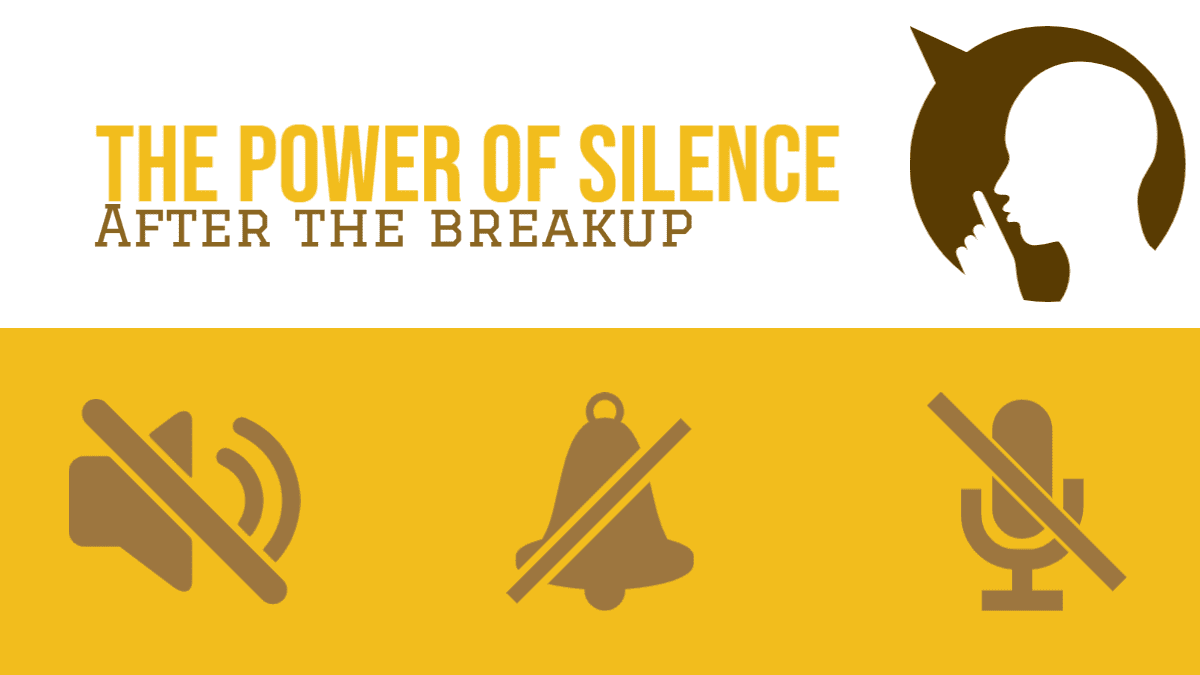


It only ends when you apologize, plead, or give in to demands.It’s coming from a place of punishment, not a need to cool off or regroup.It’s a frequent occurrence and is lasting for longer periods.Here are a few signs that suggest the silent treatment is crossing the line into emotional abuse territory: This effect may be more intense when it’s done by someone close to you as a form of punishment. It can leave you feeling like you’re without control. Research shows that frequently feeling ostracized can reduce your self-esteem and sense of belonging. It’s difficult to live that way, so you might be tempted to do everything you can to get back in their good graces, which perpetuates the cycle. They’ll give you the cold shoulder for days or weeks on end to achieve those goals. People who use the silent treatment as a means of control want to put you in your place.

If you’re on the receiving end of this kind of treatment, you might feel completely ostracized. People might also use it in moments where they don’t know how to express themselves or feel overwhelmed.īut some people use the silent treatment as a tool for exerting power over someone or creating emotional distance. Sometimes, going silent may be the best thing to avoid saying things you would later regret. Before diving into ways to respond to the silent treatment, it’s important to know how to recognize when it becomes abusive.


 0 kommentar(er)
0 kommentar(er)
